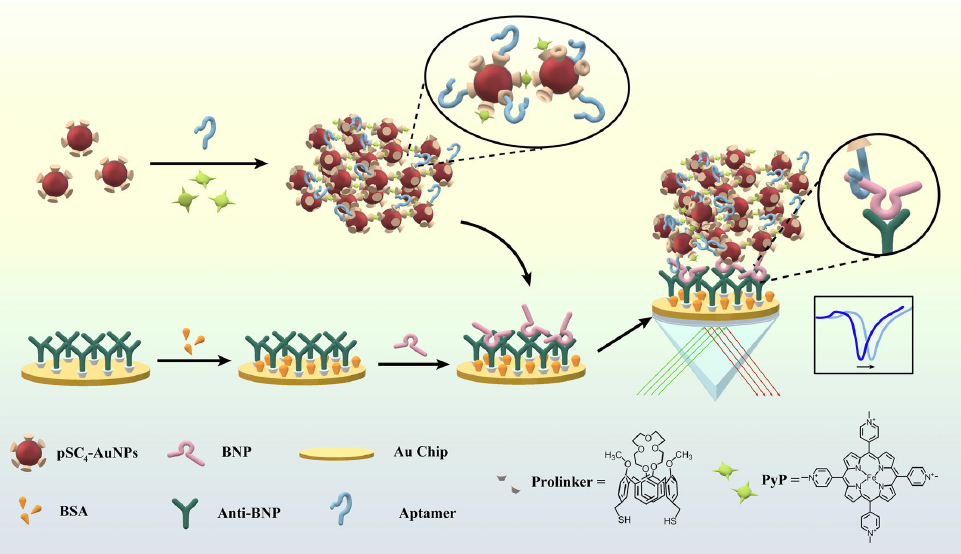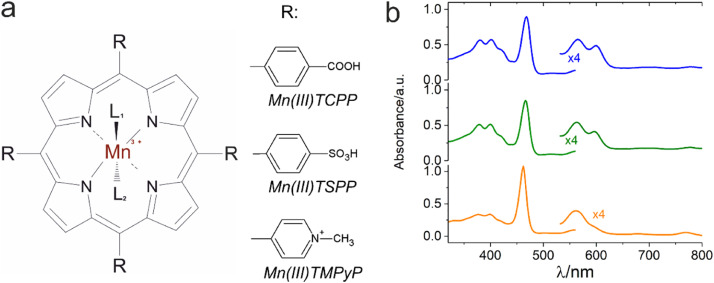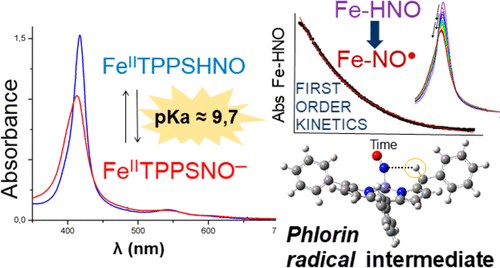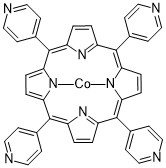High Reactivity of α-Boryl Radical of Potassium Alkyltrifluoroborate in Atom-Transfer Radical Addition
Research from Ueda, M. et al., group at Osaka Prefecture University published in Organic Letters has shown that the α-boryl radical of potassium alkyltrifluoroborates have higher reactivity compared to their corresponding alkylboronic acid pinacol esters and alkyl N-methyl imidodiacetic acid (MIDA) boronates in the halogen atom abstraction step of atom-transfer radical addition (ATRA) between alkyl […]









